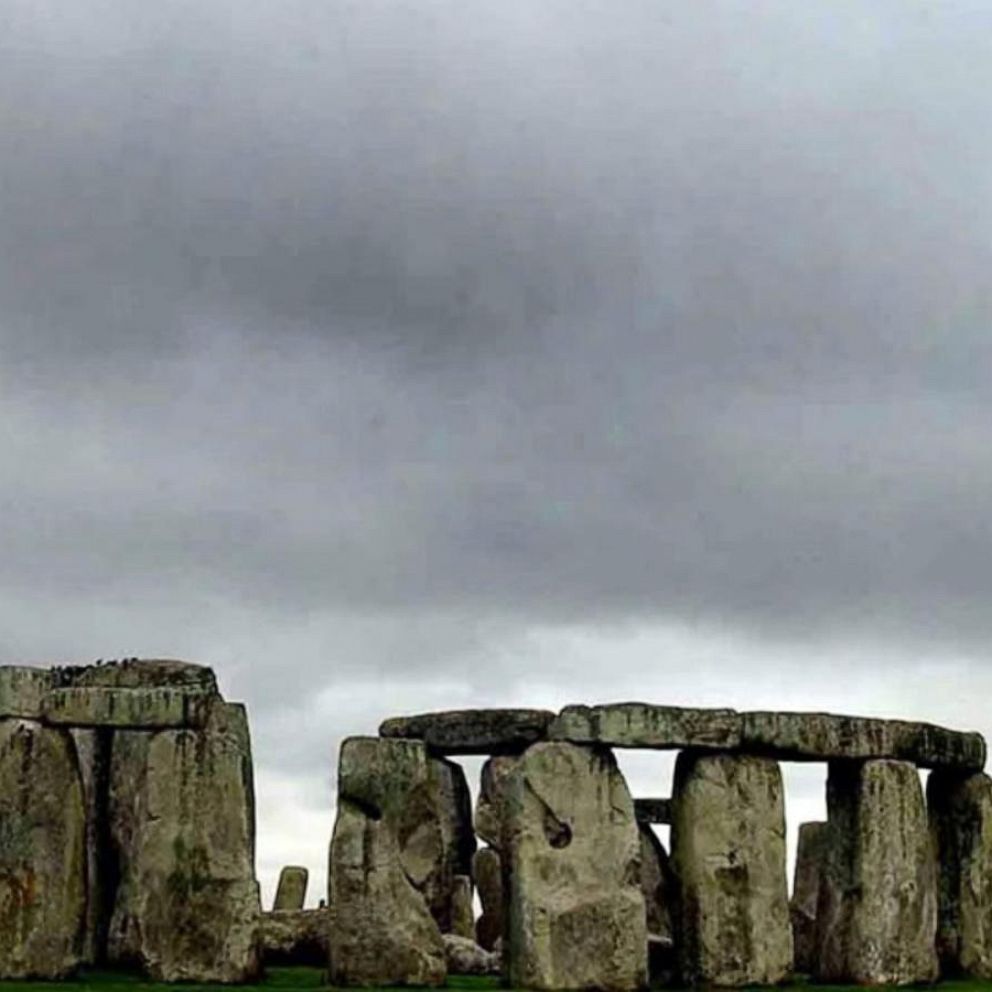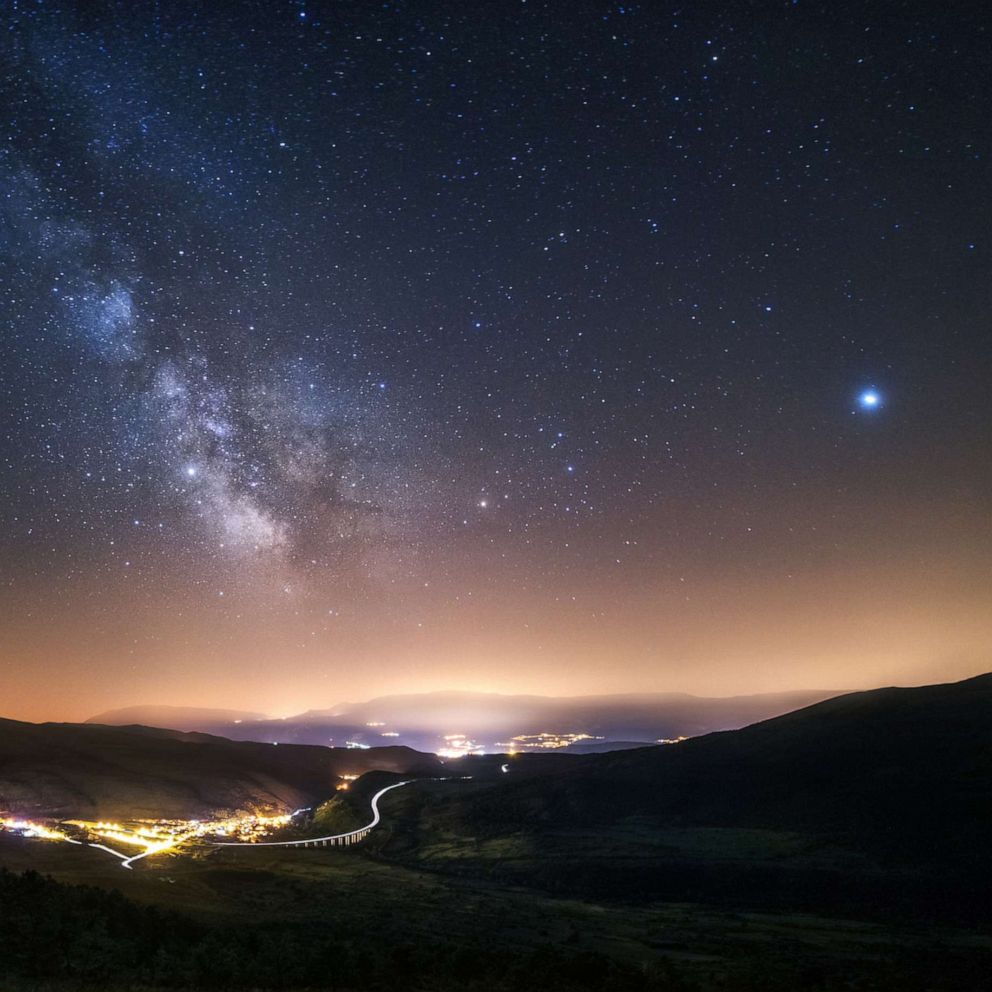Summer solstice 2024: When is the 1st day of summer?
Get ready to enjoy some fun in the sun as summer solstice makes its arrival this June.
The event marks the beginning of a longer period of daylight as the Northern Hemisphere progresses into the summer season after a long dark and cold climate. It occurs twice a year when one of Earth's poles is tilted toward the sun at its most extreme angle.
For background, the world "solstice" originates from the Latin solstitium meaning "Sun stands still," due to the apparent movement of the Sun's path north or south stops before changing direction, according to Royal Museums Greenwich.
Some cultures around the world have celebrated the event over the years through hosting traditions or ritual ceremonies such as witnessing the sun align with Stonehenge in England, dancing around a maypole in Sweden, watching a towering bonfire in Norway, among others.
Here's what you need to know about the summer solstice.

When is the summer solstice?
This year's summer solstice will arrive this Thursday on June 20 for the Northern Hemisphere, according to NASA.
Because the Earth rotates on a tilt, the summer solstice takes place when the Northern Hemisphere is tilted toward the sun which will peak at 4:51 pm ET.
For the Southern Hemisphere, the event arrives in December.
What is the summer solstice?
The event occurred during the point in the Earth's orbit where the sun is most illuminating the northern hemisphere, per NASA.
During the June or summer solstice, the Northern Hemisphere receives sunlight at the most direct angle of the year, according to the Old Farmer's Almanac.
At the exact moment that the Northern Hemisphere is most tilted towards the Sun, the Northern Hemisphere encounters its summer solstice. On the contrary, the Southern Hemisphere, experiences its winter solstice.
When is the longest day of the year?
Residents in the Northern Hemisphere will experience the longest day of the year on Thursday, June 20 due to the sun being at its highest point in the sky that day. "The Sun is directly over the Tropic of Cancer, which is located at 23.5° latitude North," NASA explained.

Is the summer solstice the first day of summer?
Astronomers consider this the beginning of the Summer in the Northern Hemisphere, NASA said.
According to the National Centers for Environmental Information, the two solstices are considered to be the start of the astronomical winter and summer seasons.
The astronomical seasons are marked by solstices and equinoxes, the points at which the sun aligns over the equator, the agency explained.
Meanwhile, meteorological seasons split the year into three-month groups based on temperature cycles and "are more closely tied to our monthly civil calendar than the astronomical seasons are."
Does the solstice always occur on the same day?
According to Old Farmer's Almanac, the solstice won't always occur on the same day, and currently shifts between June 20, 21, and 22 because the timing of the solstice is not based on a specific calendar date or time but it depends on when "the sun reaches its northernmost point from the celestial equator."
What will happen on the summer solstice?
On the day of the summer solstice, the sun appears at its highest elevation with a noontime position that changes very little for several days before and after the summer solstice, according to the National Weather Service.
The occurrence results in the longest day of the year and the shortest night. However, the term "longest day" is not tied to the amount of hours but simply equates to the amount of sunlight in effect.







